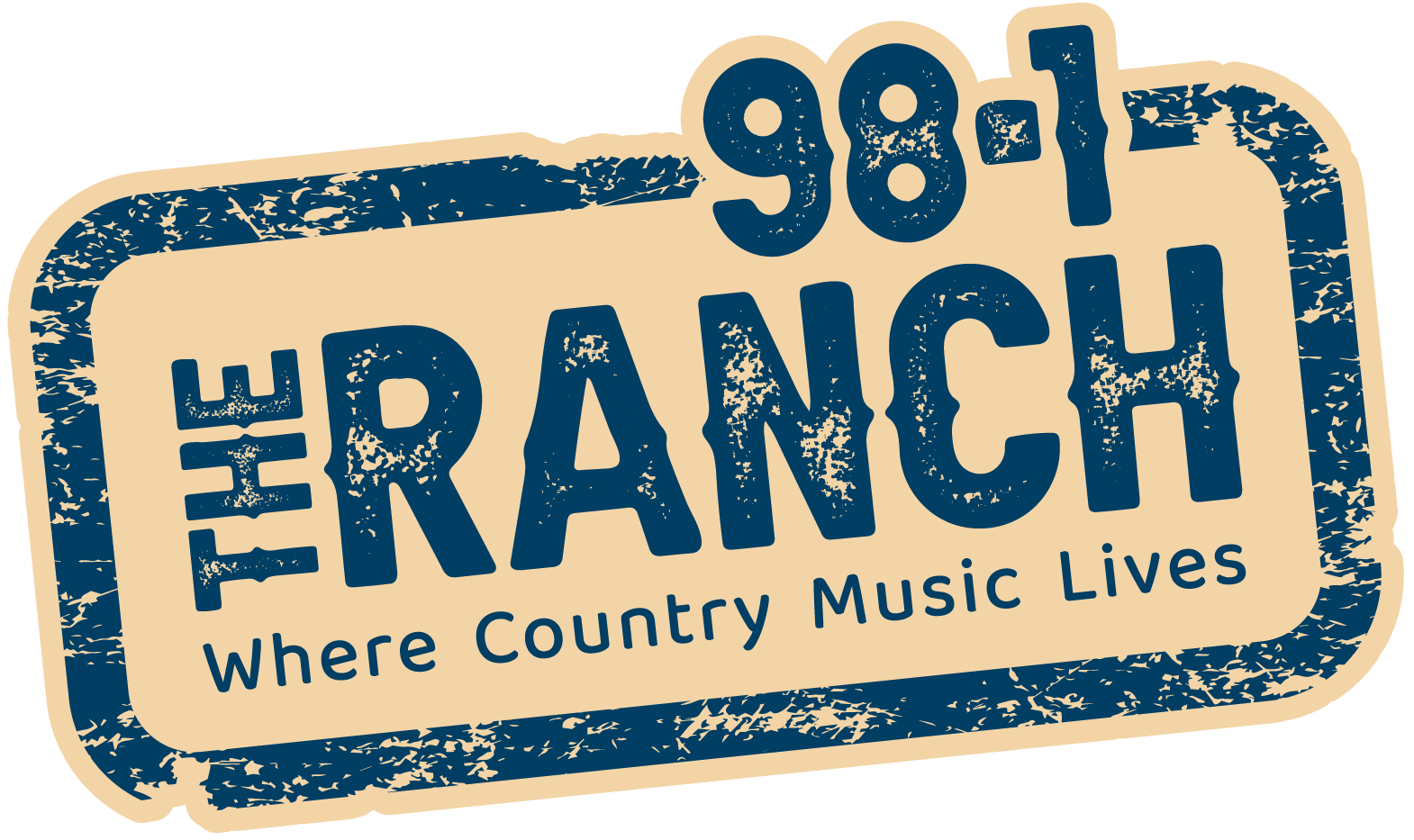The Blood Tribe Department of Health opened the doors at the Lethbridge Shelter and Stabilization Unit to show off its operation to the public this week. Throughout the day on April 12, groups walked through the shelter and had a chance to ask questions about the transition of operators and day-to-day operations. The department took over operation of the shelter from Alpha House in January and Chief Operating Officer Kash Shade said he wanted to showcase what he and his staff have been working on.
“The previous operator didn’t do a lot of that work and the biggest piece with today is we wanted to reduce that stigma of what shelter operations look like, what the homeless population have to deal with so today was really about recognizing not just the partnerships involved with shelter operations, but also recognizing the shelter guests as we refer to them — letting them know that we are here to help them and we are always looking to improve,” Shade said.
A focus for the operator is the separation between emergency shelter and stabilization. From the common area of the emergency shelter, there is a secure door that leads to a separate section of the building, specifically for detox and recovery.
Guests can stay in the stabilization centre for as long as they need, so long as they are progressing in their recovery. The health department works with local pharmacies to provide withdrawal support, such as methadone and those who want to detox are kept away from temptation by being in the designated area, according to Shilpa Stocker, a consultant with the Blood tribe Department of Health who hosted the tour for media.
“The majority of the building is for the emergency shelter side of the operations, so anybody is welcome to come in. We have a really strict screening and check in process, which is both received well and not well by the shelter guest but really is all about safety and security for not just the clients, but for staff too,” Shade said. “The other end is specially designed for what we call the stabilization unit and that’s really a stepping stone towards going into a detox program or a residential treatment program and it just is a bit more of a secure location for those looking to start the recovery journey.”
Shade said there was a steep learning curve during the transition, but the department’s experience with additions and detox have helped inform its operations. He said this experience is part of the reason the Blood Tribe Department of health wanted to become shelter operators.
“When you talk about the population it serves, we heard a lot of percentages thrown around but the majority of the population that utilize the shelter is Indigenous, so it was kind of a logical connection and then when you factor in the addictions needs of the clients that utilize the shelter — through our work on the nation, we are kind of experts in the field of addictions and recovery, being that we operate our own detox program. So it may seem like a stretch, but actually it is a logical connection being a health organization taking over the shelter.”
The shelter can fit around 120 people and Shade said during warm weather, daily guests are around 100. During the cold months, he said there were about 150 people staying there at night. One challenge the department is facing is what he calls the “Frankenstein building,” which was not purpose-built to be a shelter. Shad said he wants to see conversations move forward on a potential new space for the shelter.
The Blood Tribe Department of Health moved the main entrance of the building to the east side and separated the interior into zones, which stocker said improves the flow of guests through the building. At the door, people are searched and must declare any contraband, including alcohol or drugs.
“We do not allow any use at this facility. We are very careful about what comes into this facility as well because that is part of keeping it safe and secure for both shelter guests, as well as our staff,” Stocker said.
Guests are given one bin for their belongings and another for contraband and they are stored in a room that is staffed with at least two people at all times. Past the bin room is the washrooms and the sleeping area, which is separated for women and men.
Stocking also pointed out there are always women and men on staff to do things such as monitoring washrooms and searches. She also said the sleeping area is monitored, with people never going more than a few minutes without being checked on.
Outside the sleeping area is a common room, separated by a door, for cultural programming or overflow space. Through another door is the stabilization centre. Stocking describes the difference between the two sides of the facility as survival, on the emergency shelter side, and progression on the stabilization side.












